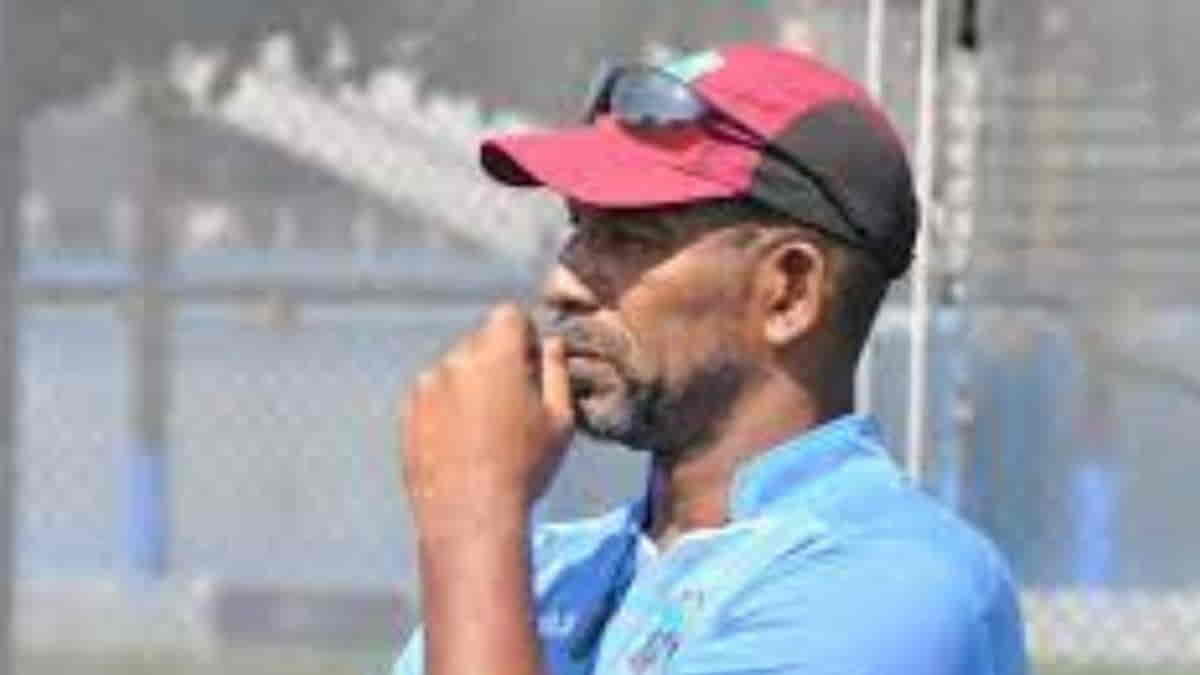 Image Credit: twitter.com/@windiescricket
Image Credit: twitter.com/@windiescricket
The international one-day championship is the result of the innovations of the clever minds of the 20th century. On January 5, 1971, Australia and England played off in the first One-Day International (ODI) at the Melbourne Cricket Ground. Officials decided to abandon the third Test after the first three days of play were canceled and instead agreed on the idea of a single one-day game with 40 eight-ball overs for each side to be played. In the very first ODI, Australia defeated England by five wickets. Later the number of ODI-playing nations continued to grow, and a part of the cause is that those countries’ cricket boards want to maximize their earnings given the growing popularity of cricket. Let us in this article dig up a little on the best economy rates in an innings:
Individual Records – Best Economy Rates in an Innings
| Economy | Player | Team | Overs | Runs | Wickets | Opposition | Venue | Date |
| 0.30 | Phil Simmons | West Indies | 10 | 3 | 4 | Pakistan | Sydney | 17/12/1992 |
| 0.40 | Dermot Revee | England | 5 | 2 | 1 | Pakistan | Adelaide | 1/03/1992 |
| 0.50 | Bishan Bedi | India | 12 | 6 | 1 | East Africa | Leeds | 11/06/1975 |
| Curtly Ambrose | West Indies | 10 | 5 | 1 | Sri Lanka | Sharjah | 13/10/1999 | |
| 0.54 | Wasim Akram | Pakistan | 7.2 | 4 | 2 | India | 5/12/1986 |
Phil Simons
Same as the many players before him, Simmons has also had his share of struggles in order to adjust to Test cricket, scoring just one century during his test career and finishing in 1997 with a career-low batting average of 22.26 in 26 games. With 143 ODI appearances between 1987 and 1999, Simmons demonstrated a greater aptitude for the international one-day game. At the 1987 Cricket World Cup, when he began his ODI career, he scored two half-centuries which paved a way for him to further participate in four games in the 1992 World Cup, scoring an astonishing total of 110 points against Sri Lanka.
Dermot Revee
It is evident that Revee never had a great ODI scoring average, though, and his batting average would have been much lower if it weren’t for his significant number of not-out innings. His quick 25 not out at the conclusion of England’s innings in the 1992 World Cup semifinal match against South Africa, which England narrowly won, was possibly his most significant international innings.
Bishan Bedi
In a 60-over ODI match, Bishan Singh Bedi sets the record for the most economical bowling figures among bowlers who have used all of their allotted 12 overs. Bedi defeated East Africa at Headingley in the 1975 World Cup, when bowlers could only be given 12 overs, Bedi ended his with 12-8-6-1.
Curtly Ambrose
Ambrose is said to be the replacement for the recently retiring Joel Garner in the 1988 One Day International (ODI) series when Pakistan toured the West Indies. [5] On March 12, 1988, in Kingston, Jamaica, he made his debut during the opening game, collecting wickets with his third and ninth deliveries. He finished the innings with four for 39 from 10 overs. Ambrose was less effective later in 1989 when India toured the West Indies because of fatigue and illness, as a result of which he only got five wickets in the four-match series at an average of 54.60.
Wasim Akram
In 1984, Akram made his ODI debut in Pakistan against New Zealand while Zaheer Abbas was the captain of the team. He gained national attention when he defeated Australia in the third ODI of the 1985 Benson & Hedges World Championship by fetching five wickets. Kepler Wessels, Dean Jones and captain Allan Border were among the great players he dismissed. In One-Day International cricket, Wasim Akram currently has Pakistan’s most wickets.
Get to know more about other cricket match records in one day international at Fastest to Multiple of Wickets.




